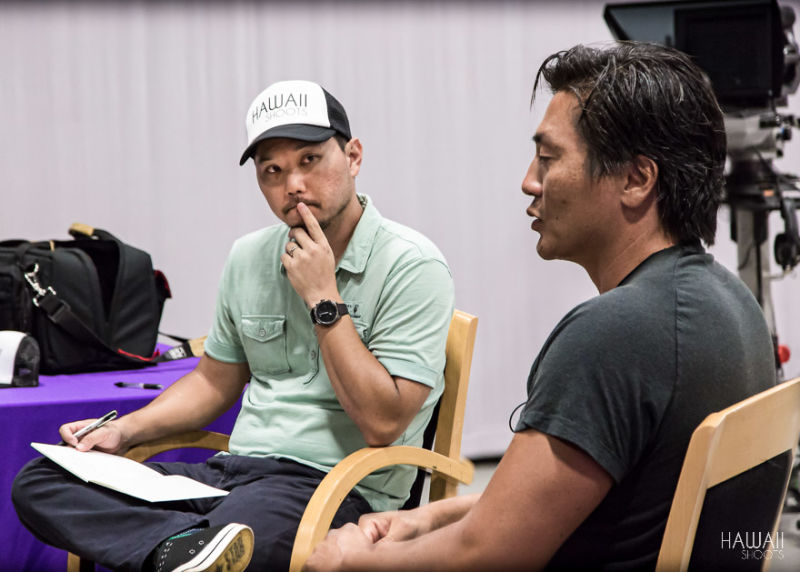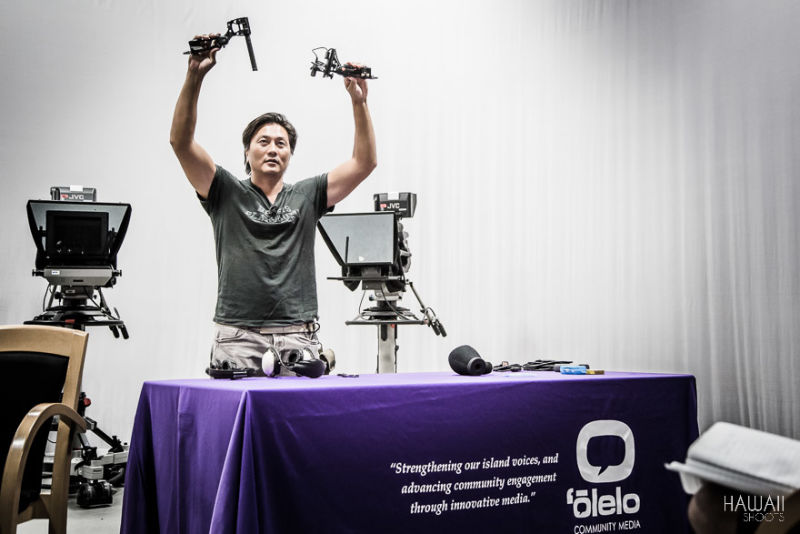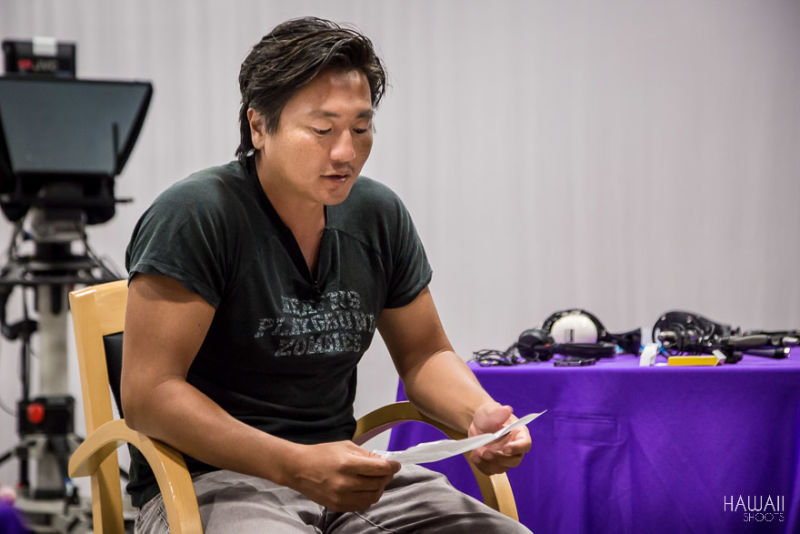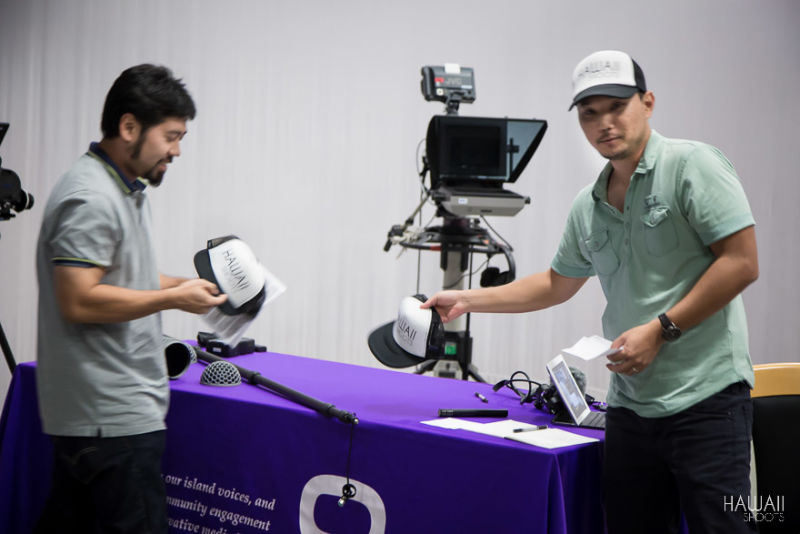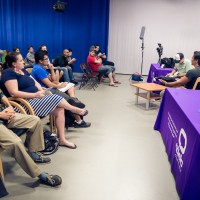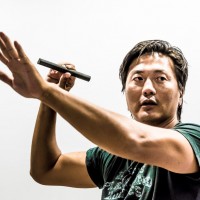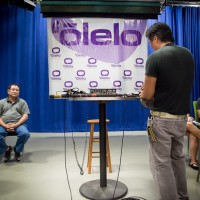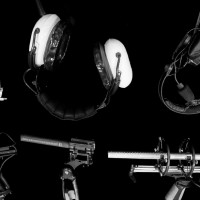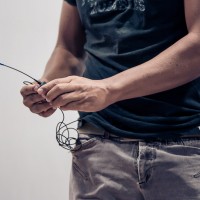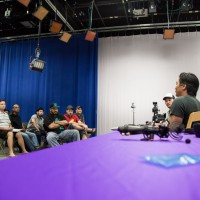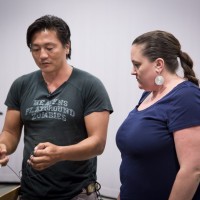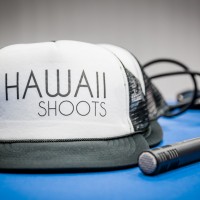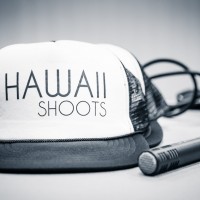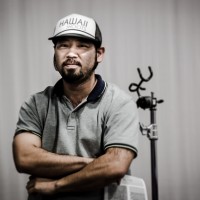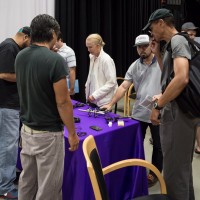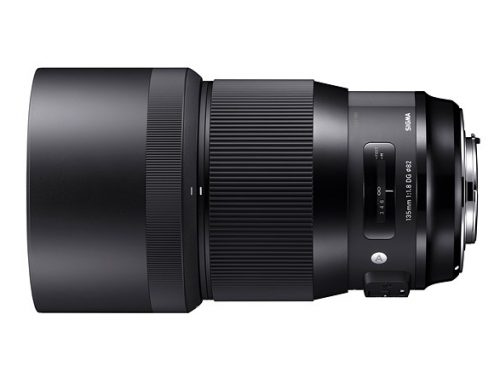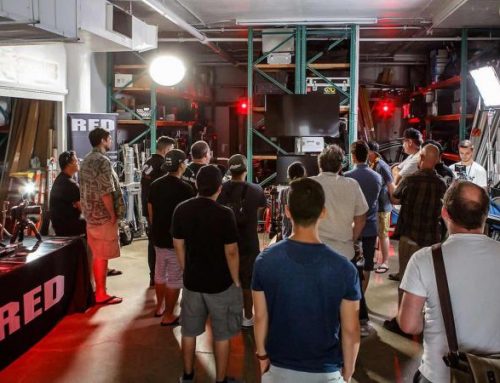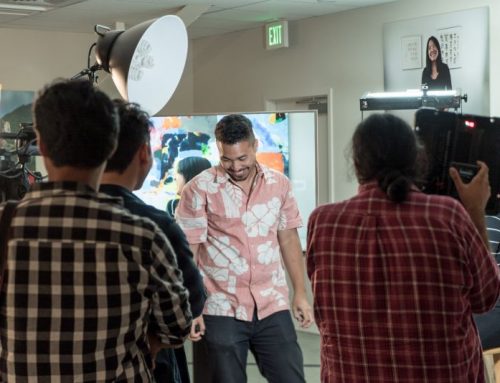Tom also talked about how he developed what he calls a “Critical Ear”, and how it sets a good sound mixer apart from the rest. He explained a Critical Ear as more of a practice than a single skill or sense. He explained that apart from developing your ear to pick up on a variety of sounds and tones, developing a Critical Ear could also involve learning what types of clothing and environments affect quality sound and how different equipment performs in varying situations. Location scouting is generally thought of as a visual task to determine which shot “works” for the scene. Tom reminded us that if dialogue is a critical part of the shot, we also need to scout with our ears and listen for potential ambient noise that might prevent getting quality audio. What’s the best way to develop a Critical Ear? Tom says it’s to “Get out there and do it”, meaning of course, practice, practice, practice.
Next, Tom shifted more into the equipment and techniques he utilizes on a regular basis. He showed off a couple boom mics from his personal collection including the Compact Carioid Sennheiser MKH-8040 and the infamous Shotgun Sennheiser MKH-416 and Brad pulled out his Rode NTG3 for comparison. All the talk about boom poles and shotgun mics brought up the obvious question: “What about Lavalieres?” Tom immediately pointed out the two wireless lavs he was wearing and quickly jumped into a discussion about their wide use in Film and TV production. He even demoed how he quickly and discretely he is able to mic-up talent with the help of Hawaii Shoots regular Noelle Herring owner of True Story Films. Tom also touched on operating a boom pole, professional mixer and recorder options, and utilizing proper studio monitors rather than headphones while editing.
Tom ended the workshop by sharing his “Cheat Sheet” of the critical details to determine before any shoot. Will you need wireless lavalieres? shotgun microphones? Will you be shooting at 23.98, 25 or 29.97 frame rates? Do you need a slate? All these types of questions should be finalized in pre production rather than on set. Finally, he went to taking some questions and giving a few words of wisdom including “There’s no one single technique that’ll work for everything”, “(Stick to) One mic… and keep it simple”, and “Anyone on set should feel comfortable calling a cut, especially for safety”.
Brad finished off the night by giving away some of our rad new Hawaii Shoots trucker hats. Congrats to Robert Nakama and Jon Wong who walked away with some swag and thanks for hanging out with us at our September Workshop. Shoot Tom an email if you’re looking for a great sound mixer: tom.vindustries@mac.com
Like the Hawaii Shoots Facebook page for information on future Hawaii Shoots Workshops and more. Tag Hawaii Shoots on the photos and tweets about the workshop at #hishoots.
Huge Mahalo to everyone who made this happen:
Tom Visser: Follow Tom on Instagram at @tsvisser and find him on Facebook at Tom Visser
Brad Watanabe: Berad Studio
Wayne Yun: ‘Olelo Community Media
Justin Iyoki: Berad Studio behind the scenes photos
Noelle Herring: Registration
Download Tom’s Sound Cheat Sheet PDF by clicking here



